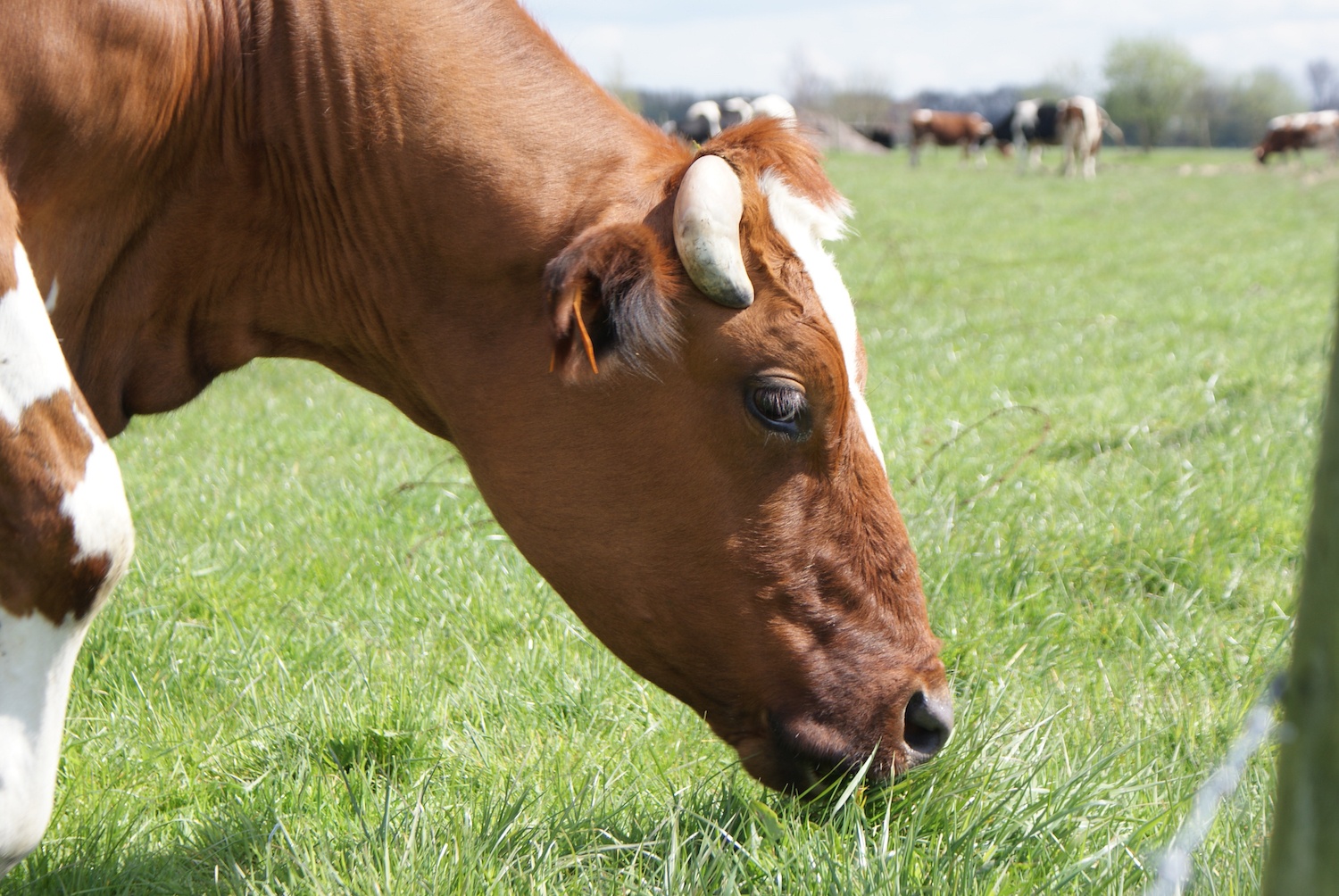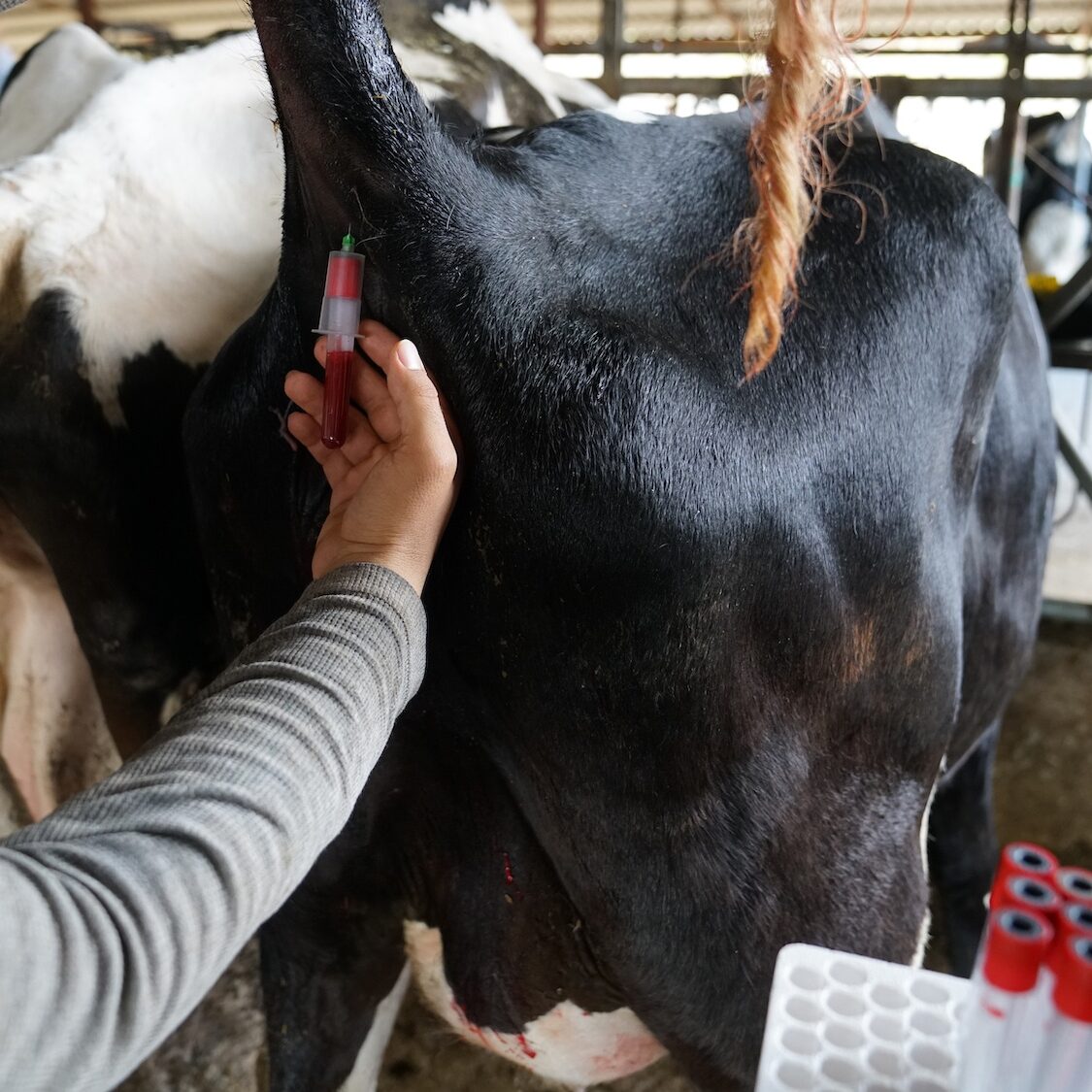
What are worms?
Cattle can be infected by several species of roundworms as long as they have access to grassland. The most important cattle roundworm in temperate climate regions is the cattle stomach worm Ostertagia ostertagi. Adult parasitic roundworms of cattle are 6-9 mm long and immature larvae are not visible to the naked eye. The nematode has a direct life cycle. After deposition in faeces, eggs develop to infective stage larvae in 2-3 weeks under optimal temperature (24 °C). Moisture is also important to allow infective larvae to migrate from faecal pat onto herbage, where they are more likely to be ingested by cattle. Once ingested by cattle, infective larvae move to abomasum and develop to adult worms within about 3 weeks.
Why are they important?
Adult stomach worms reside in the gastric glands of abomasum, where they damage the surrounding tissue and cells. This leads to disruption of protein digestion and suppression of the cow’s feed intake. Most worm infections are subclinical and difficult to detect without appropriate monitoring. Worm infections can cause significant production losses, mainly reduced growth and milk yield. The growth rate in young stock can be reduced by up to 30%, whereas daily milk yield can drop by > 1kg per cow if worm infections are uncontrolled. In severe infections, also diarrhoea and weight loss can be seen.


What can we do about it?
We have two tools in hand to control worm infections: anthelmintics and pasture management.
The vision of Wormwize® is first to map pasture management and exposure levels and secondly to design a tailored anthelmintic treatment plan. This allows to target anthelmintics according to the farm-specific epidemiological situation, get the best economic return and reduce anthelmintic use to keep them effective in the future (prevent anthelmintic resistance).
The main purpose of controlling worm infections is to keep the burden below the level where economic losses occur. First-season grazing calves are highly susceptible to worm infection but also require some exposure to worms to build up immunity. The pepsinogen assay is an optimal tool to balance exposure vs production impact and guide treatment decisions. In adult dairy cows, anti-Ostertagia antibodies in bulk tank milk have been shown to be a strong monitoring tool to alert for potential problems and optimize the worm control strategy. Wormwize® makes the use and interpretation of these diagnostics straightforward bringing the vet in the front seat of parasite control. By using evidence-based control advice, we target anthelmintic treatments, optimize economic performance and reduce the development of resistance.